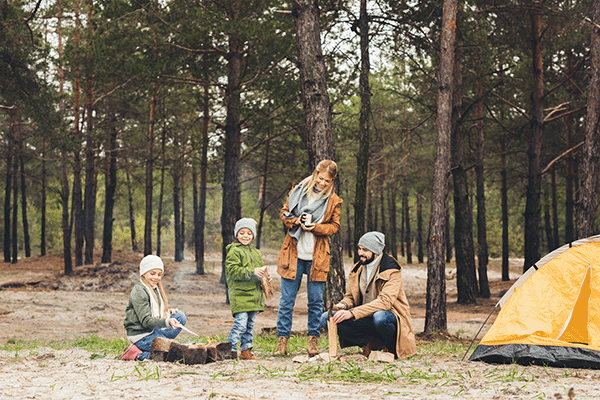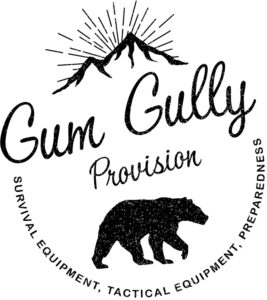
Camping is a wonderful way to disconnect from the daily grind and reconnect with nature, friends, and family. Whether you’re an experienced outdoor enthusiast or a family camper planning your first trip, having the right gear can make all the difference. In this listicle, we’ll explore the top 10 must-have items that will ensure your camping experience is comfortable, enjoyable, and safe. Let’s get started!
1. Reliable Tent and Rainfly
Your tent is your home away from home, so invest in a reliable one that suits your group’s size and needs. Look for features such as easy setup, durability, and ventilation. A high-quality rainfly is also crucial to keep you dry during unexpected downpours, making your stay comfortable no matter the weather.
2. Sleeping Bag and Pad
A good night’s sleep is vital for enjoying your camping adventure. Choose a sleeping bag with an appropriate temperature rating for the season and location. Complement it with a sleeping pad, which provides insulation from the cold ground and extra cushioning for comfort.
3. Portable Stove and Cookware
For hearty meals and warm beverages on the go, a portable stove is indispensable. Opt for lightweight, compact options like a backpacking stove or a propane stove. Pair it with durable cookware like a non-stick pan and a pot to make cooking in the wild a breeze. According to a survey by Statista, 51% of campers highlight cooking as their favorite outdoor activity.
4. First-Aid Kit
Safety should always be a priority when you’re outdoors. A well-stocked first-aid kit should include bandages, antiseptic wipes, tweezers, pain relievers, and any personal medications. Familiarize yourself with basic first-aid procedures before your trip.
5. Multi-Tool or Knife
A multi-tool or knife is a versatile and practical piece of gear that can assist with food preparation, gear repair, and other campsite tasks. Look for a sturdy option with multiple functions to cover all your needs. Here’s our favorite.
6. Water Filtration System
Staying hydrated is crucial, especially when you’re active outdoors. While bottled water is convenient, it’s not always feasible for longer trips. A portable water filtration system or purification tablets can ensure you have access to safe drinking water from natural sources.
7. Headlamp or Flashlight
When the sun sets and darkness descends, you’ll need a reliable light source. A headlamp allows for hands-free operation, perfect for nighttime hikes or cooking. Ensure you have spare batteries or a charger if your device is rechargeable.
8. Weather-Appropriate Clothing and Footwear
Weather conditions can change rapidly outdoors. Pack clothing that can be layered, including moisture-wicking shirts, insulating layers, and a waterproof jacket. Sturdy, comfortable footwear appropriate for the terrain and activities is also essential.
9. Camping Chairs and Table
While not a necessity, camping chairs and a portable table bring an element of comfort to your campsite. They provide a place to relax, enjoy meals, and gather with your group, enhancing your overall experience.
10. Map and Compass
Even in our GPS-driven world, a traditional map and compass are invaluable tools for navigating wilderness areas where signal may be unreliable. Learn basic navigation skills to ensure you can confidently explore your surroundings.
By gearing up with these essential items, you’re well on your way to a successful camping trip filled with memorable moments and adventures. Now that you’re ready to pack, why not start planning your next outdoor getaway? Gather your gear, pick a destination, and immerse yourself in the beauty of nature. Adventure awaits!

